On This Day...February 15th
‘Friendly fire’ (in this case quite literally) was a huge problem when organising bomb runs on the massive scale that Bomber Command executed in the war with Nazi Germany. These photos, taken on February 15th, 1943 in Scampton Airfield, England, capture Lancaster crews about to take off for a mission over Milan, Italy, where the threats came from 360 degrees.
The formation of 140 Lancasters made the long trip over the Alps to the target site, and found that flack, mechanical problems, and enemy aircraft were not the only threats they had to contend with. Now they had to contend with the chaos of masses of heavy bombers dropping bombs in the most tense, hostile, and stressful conditions imaginable.
One aircraft from 103 Squadron piloted by Squadron Leader Walter Powdrell, a New Zealander, was hit by a stream of small incendiary bombs. The Flight Engineer Sergeant John Duffield recalled...
“We were just turning off to clear away. All of a sudden I heard this awful battering noise. I don’t know what he thought he was bombing because we were a minute clear of the target so he wasn’t bombing that. All the engines stopped. I heard the pilot say ’We’ve had it. You’d better jump’ “
“I was very lucky that I had my parachute with me. So I made my way to the rear door. But I couldn’t open it. The aircraft started to twist and I put my back against the bomb compartment on the fuselage floor and braced myself there. The aircraft was spinning like mad by this time. I was just stuck there with the force of the spin.”
“Suddenly the spinning stopped I made my way to the rear door and leapt out. My harness was loose and the j**k of the opening parachute ripped into my groin. The pain was something to be believed, agonizing.”
Sadly, Powdrell and three other other crew members didn’t get out of the aircraft before it crashed.
On the same mission, another Lancaster (No.9 Squadron) had a very narrow escape from a similar situation. John Moutray DFM the Wireless Operator / Air Gunner recalled:
“Jimmy Geach the bomb aimer was in charge as he called out directions on the intercom to Jim Verran. His calm voice was saying ‘Left, left … Right a bit … Steady …’as we started the most dangerous part of any bombing raid – the straight and level bombing run, which had to be held for another twenty seconds or so after the bombs had gone, waiting for the photoflash to go off.”
“At that point my job was to stand on the step ahead of the main spar and put my head up into the astro hatch to assist the gunners in keeping a look out for fighters. For some inexplicable reason, I did something I had never done before; I looked directly above and got the shock of my life. In the glow from the searchlights and target I saw another Lancaster 30 feet above us on exactly the same heading and, like us, his bomb doors were open! The 4,000lb bomb looked enormous and I knew it could be released at any second.
I yelled into my microphone, ‘Hard-a-portl’ Somewhere I had read that it was a natural reaction of pilots to go to port; anyway our crew was well-trained and Jim stood ED495 on its wing tip and we got an unusually good view of Milan! We went round again to do another bombing run.”
USS San Francisco (CA-38) off Mare Island Navy Yard, California on the same day as the notes above, 15th February, 1943.
Famous shot of an RAF pilot in the cockpit of a P-40 Tomahawk with Buss, the squadron's monkey mascot, in Libya, February 15th,1942.
On 15th February, 1944, the world's most glorious monastery, at Monte Cassino in Italy, was destroyed because of a mistake by a British junior officer. The officer was translating an intercepted radio message - and mistook the German word for abbot for a similar word meaning battalion in German, “Abt.” (short for abteilung). He convinced his superiors this meant a German military battalion was using the monastery as its command post, breaching a Vatican agreement which treated it as neutral.
(A B-17 flies over Morne Cassino, with smoke rising over the Abbey)
Allied generals ordered a huge bombing attack on the strategically crucial monastery. Only when the planes were en route did a British intelligence officer, Colonel David Hunt, recheck the full radio intercept. He found that what it actually said was: "The abbot is with the monks in the monastery".
Tragically, this was discovered too late and the ancient site was obliterated by the bombers.
Monte Cassino - founded in 526 by St Benedict, was utterly destroyed in what is described as probably the greatest single ‘aesthetic disaster’ of the war. Around 250 men, women and children died.
Ironically, the ruins (now negating the agreement with the Vatican), then created a superb German defensive position which in the end cost thousands of allied soldiers' lives before the ruined monastery finally fell after a further three months of intense fighting. Controversy continues to this day whether it was German-occupied before the bombings.
Brigadier Bryan Watkins, historical researcher said: "It was an awful tragedy. It was idleness by the man who read the intercept. I don't find the story at all hard to believe. War is a balls-up." Never a truer word has been spoken.
On February 14th allied guns fired leaflets over the area warning that, in view of the German occupation, "with very heavy hearts we are going to have to turn our weapons on the abbey". The abbot, who survived the bombing, said: "I swear there were never any German soldiers in the area of the monastery."
Monte Cassino, restored in the 1950s, is a shrine for relatives of the estimated 183,000 soldiers on all sides who lost their lives in the battles around it.
British sign over the official surrender of Singapore on 15th February, 1942
B-25s of the 345th Bomber Group, 498th Bomb Squadron raid on Kavieng, New Ireland (Papua New Guinea) 15th February, 1944
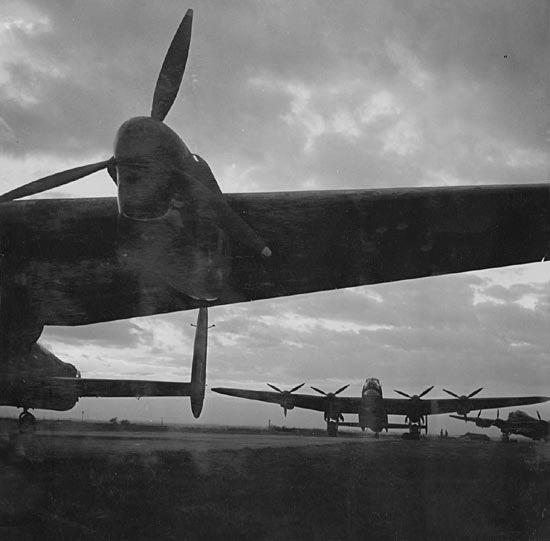


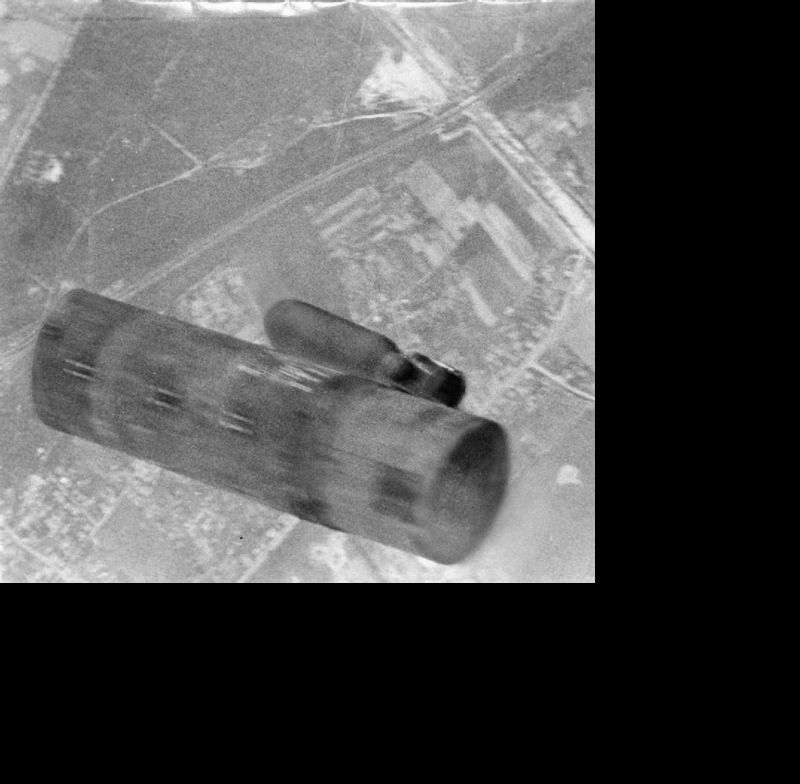
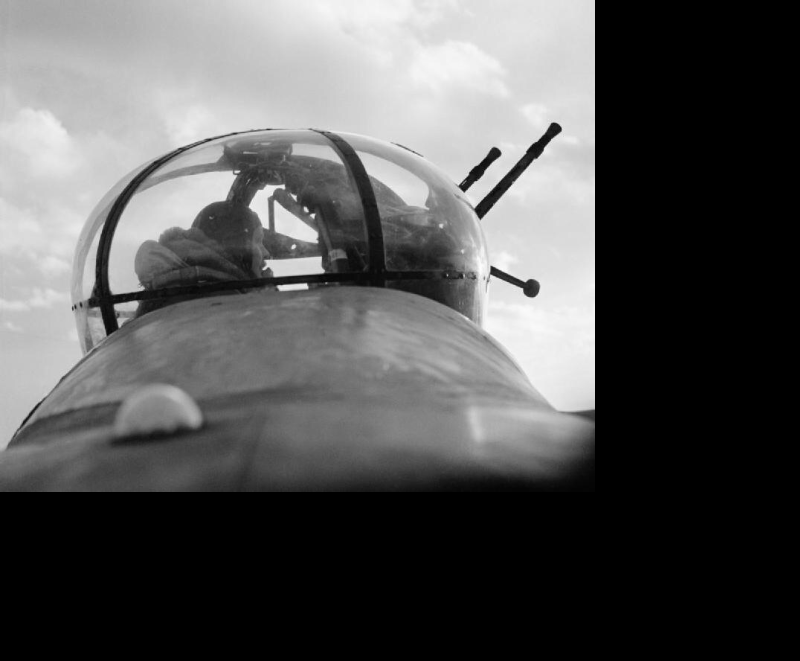
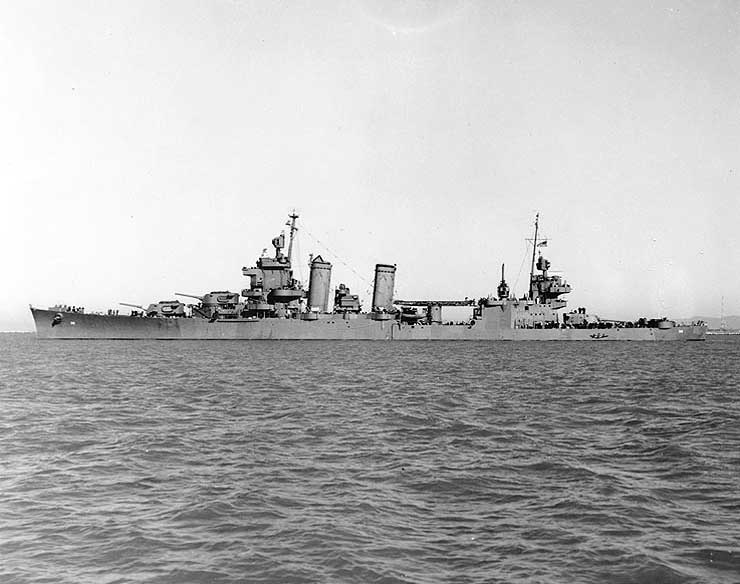
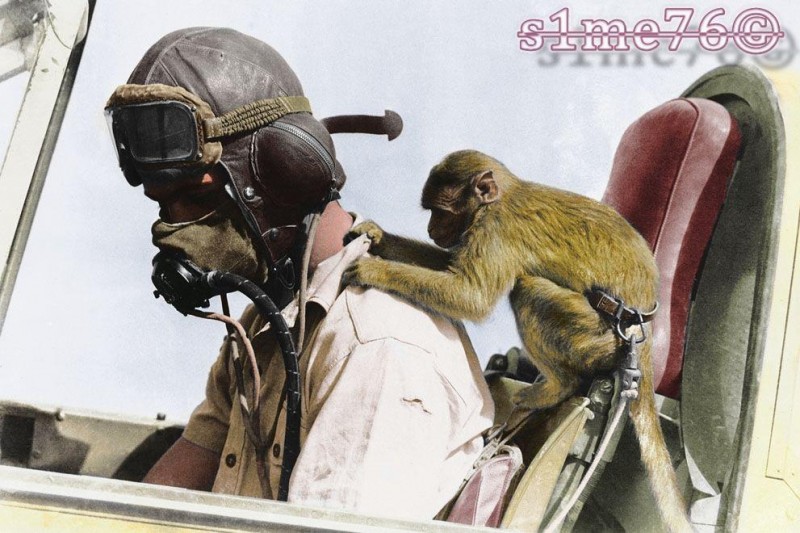
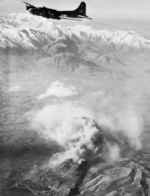
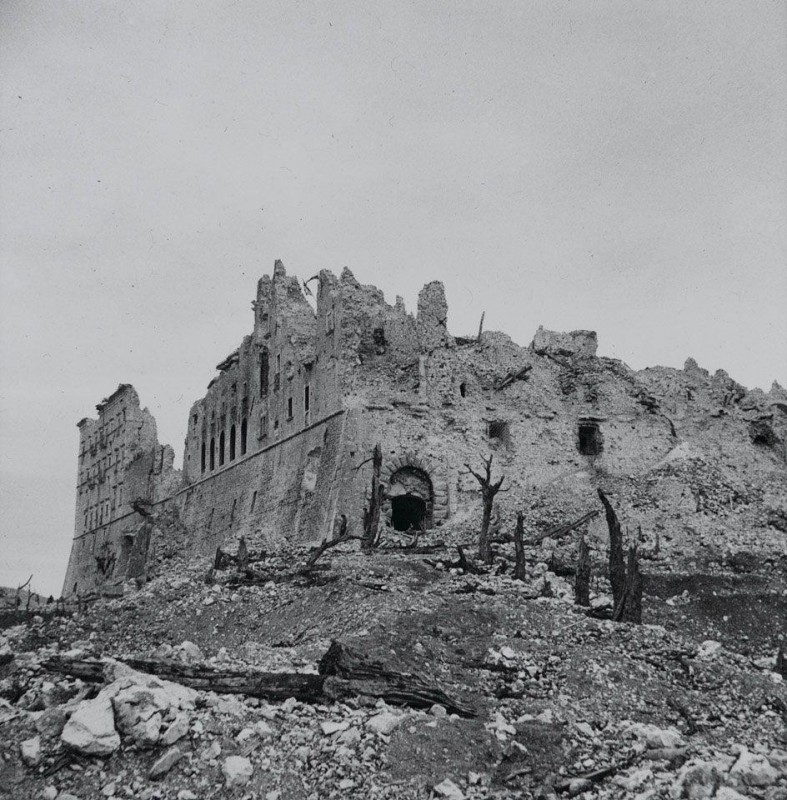
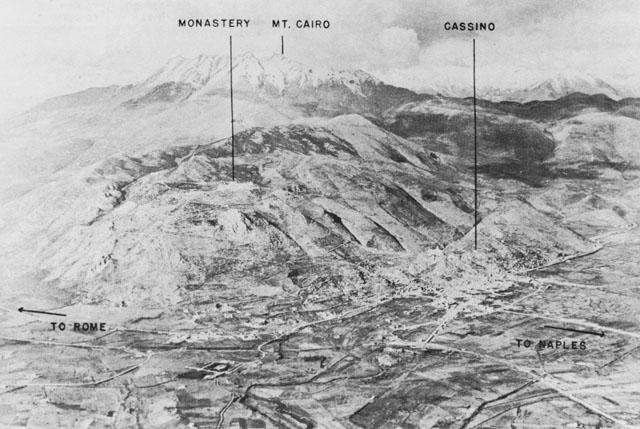



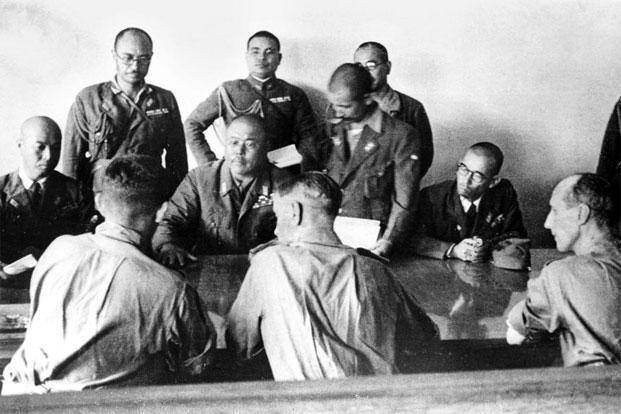
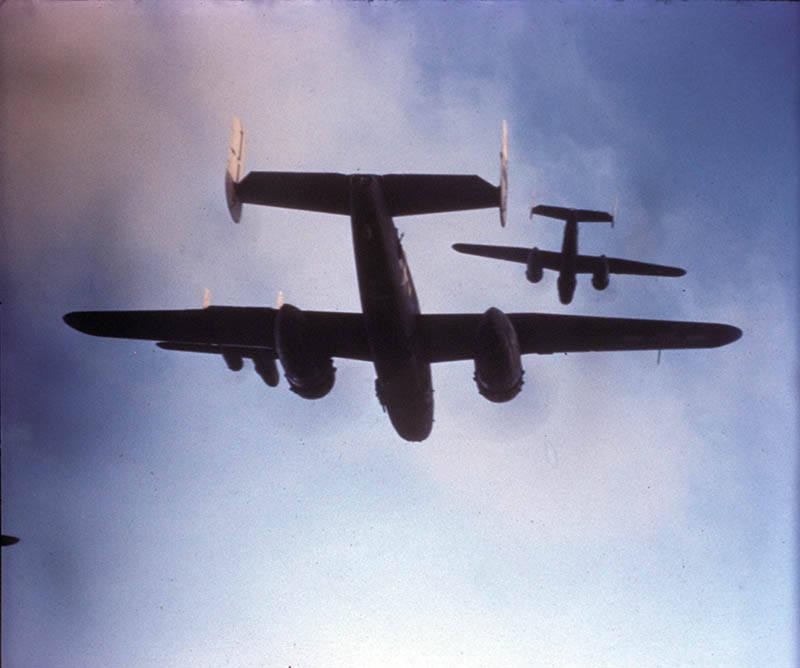
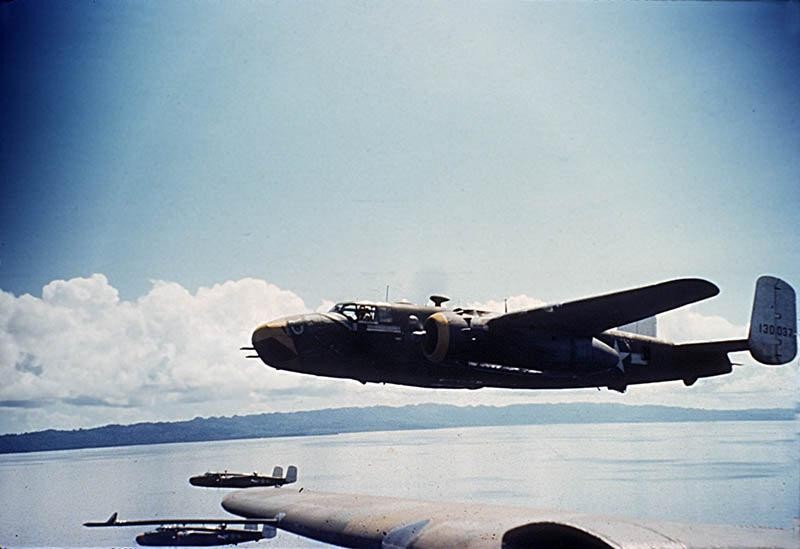
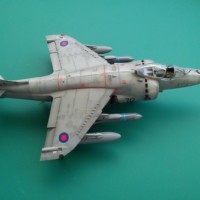
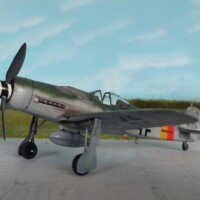
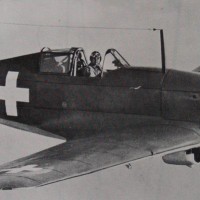
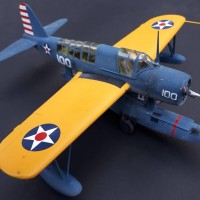
Like always, exciting stories and pics.
From a modeller´s view, how does a 1943 Indianapolis differs from a 1945 one, like Tamiya´s 1/700 kit?
Also, the port air craft catapult was removed when she was refitted in 1945.
Thanks, Tom, at some point I want to do a ‘45 Indi.
Hi, Wolfgang. Nice to hear from you and thanks for the comment.
From 1942, Indianapolis had at least two major refits before the fateful journey from Tinian in ‘45. Main differences are in the bridge and addition of six Anti Aircraft guns. If you are thinking tobuild her, make sure you do the research on refits and schemes (she went through a few color schemes).
Thanks for supporting the series!
Thank you David.
My favorite scheme is the plain, overall dark blue gray. That will be my starting point for all research. You brought bridge and guns, Tom the catapult to my attention. Thanks a lot. Quite sure there are differences in the array of antennas and radar dishes, too...
Best regards
David, the monkey photo is surely famous to many but unseen by others, in wich I proudly include myself, so thanks for bringing up some of these well known photos along the ride, cause there’s always someone who finds them new. BTW, those colour B-25 snaps are also interesting (and again new to me). Cheers
Thank you very much for checking in, Pedro.
Given the 24 hrs notice the occupants of Monte Cassino had why was no attempt made to evacuate and to communicate to the Allies... great set of pictures.
The monks apparently said repeatedly there were no Nazi forces on the mount, it’s difficult finding any form of truth in the matter, as is so often the case in these stories.
Great photos and stories as usual. The one that gets me most is the cemetery. They always do.
Yep, me, too, Gary.
Muy Bien, David!
Gracias, senor Jeff!
By the way ... how did the USS Indianapolis ('42 OR '45) get in here? @dirtylittlefokker
Really cool little monkey !
Got to be zen about this, Jeff; must have discussed the Indi at some time here. I guess it led from the Hornet being found by Paul Allen’s Petrel team, and they also found the Indi.